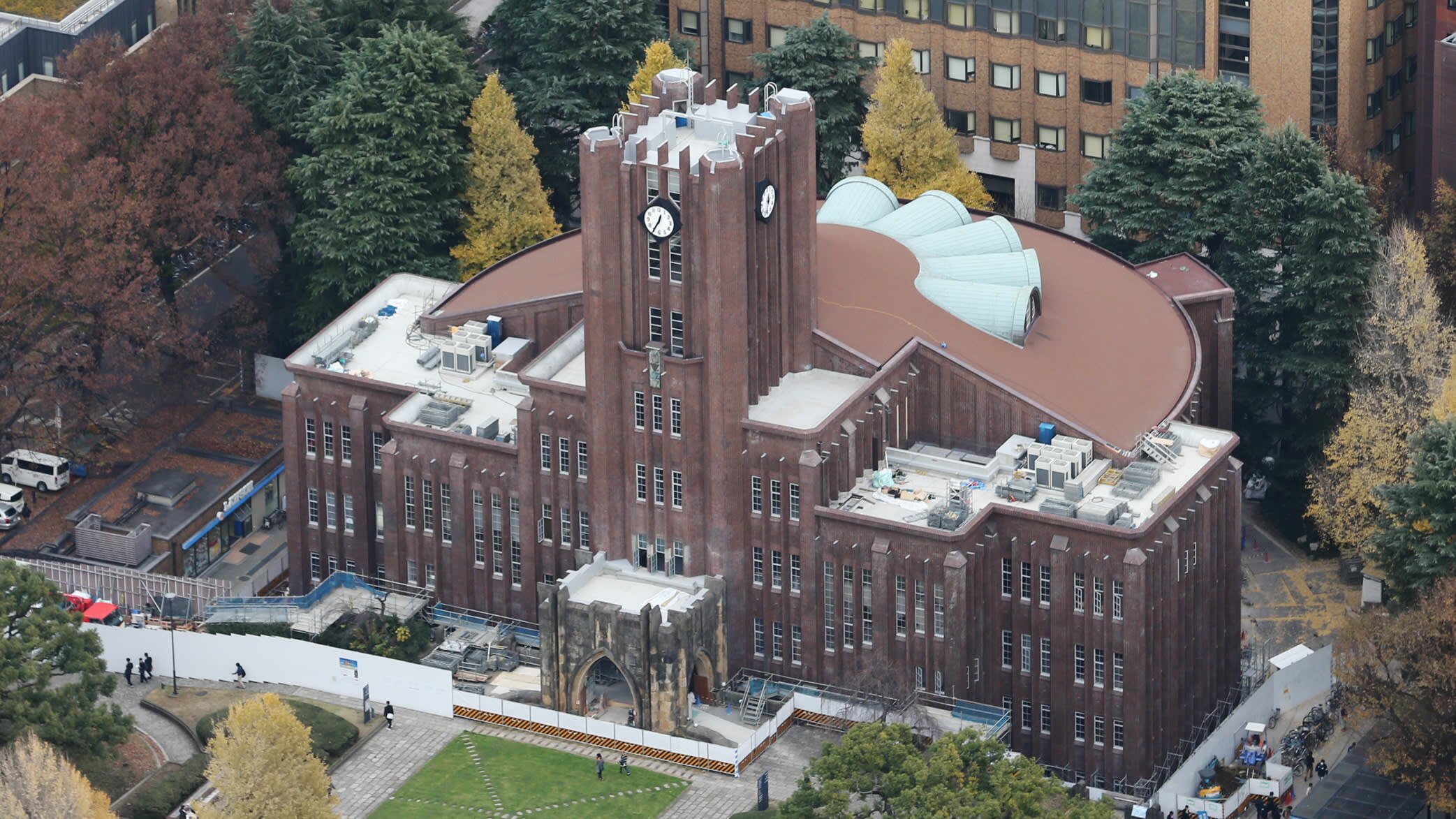
Researchers in the fields of health and life sciences are looking into how the metaverse might improve the interactions between patients and doctors.
Avanade, a provider of digital, cloud, and advisory services, is investigating how the metaverse may assist medical professionals in reimagining hospital operations.
The metaverse is the latest interest in the tech sector, and companies across many industries are aiming to move toward the new infrastructure to create value. One such industry is healthcare, where providers are attempting to improve and personalize the experiences of both patients and doctors.
Avanade offers a customized digital experience using extended reality technologies to blend the virtual and real worlds. It does this by utilizing immersive and data science capabilities. Avanade, a specialist in Microsoft immersive technologies, collaborates with clients to convert these worlds into mixed reality, enabling access to the metaverse in the future in a similar fashion to how we currently access the internet.
Interest-piquing aspects of healthcare
The Metaverse has the potential to fundamentally alter the healthcare landscape, much like how telehealth and mobile device integration did in the past. Although this idea has been around since the 1990s, thanks in large part to the development of the technology that underpins it, the metaverse is quickly emerging as a viable option for healthcare organizations and providers to consider.
“The technologies supporting the metaverse are reaching a stage of maturity, moving from experimental stages to being operational. Opportunities are becoming real,” said Bruno Fernandes dos Anjos, Manager and Mixed Reality & Immersive Technology Specialist at Avanade.
In his experience, dos Anjos has seen two major benefits being realised by providers:
“Firstly, [the metaverse] provides a new way to access information — grounded in a set of technologies — that can then be visualised and manipulated. Data from many different systems can be brought together and used as simply and intuitively as picking up an object.
“Secondly, the metaverse brings this sense of presence, where patients can be projected in front of the clinician. This hologram — or what Microsoft calls a ‘holoportation’ — can be interacted with, and complications can be found and diagnosed as if the patient is physically in the same room.
“Both of these benefits will, without a doubt, revolutionize medicine and patient-doctor interaction.”
In order to maximize the potential of the metaverse for providers, according to Wagner Amaral, Senior Director and Health Industry Lead at Avanade Brazil, digital twins and blockchain will prove to be powerful factors:
“With digital twins, we can establish where the best locations would be to place equipment and build new rooms within hospitals. This kind of technology can simulate how any changes made will affect day-to-day operations.
Blockchain, meanwhile, can be an enabler for purchases and financial transactions inside the metaverse.
The overall advantage is that these different kinds of information being made available in one place makes care processes and delivery more powerful.”


